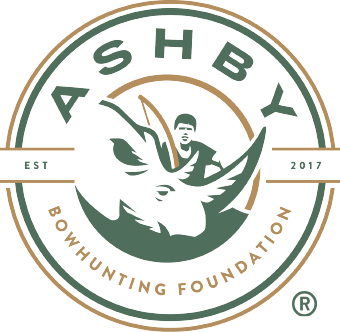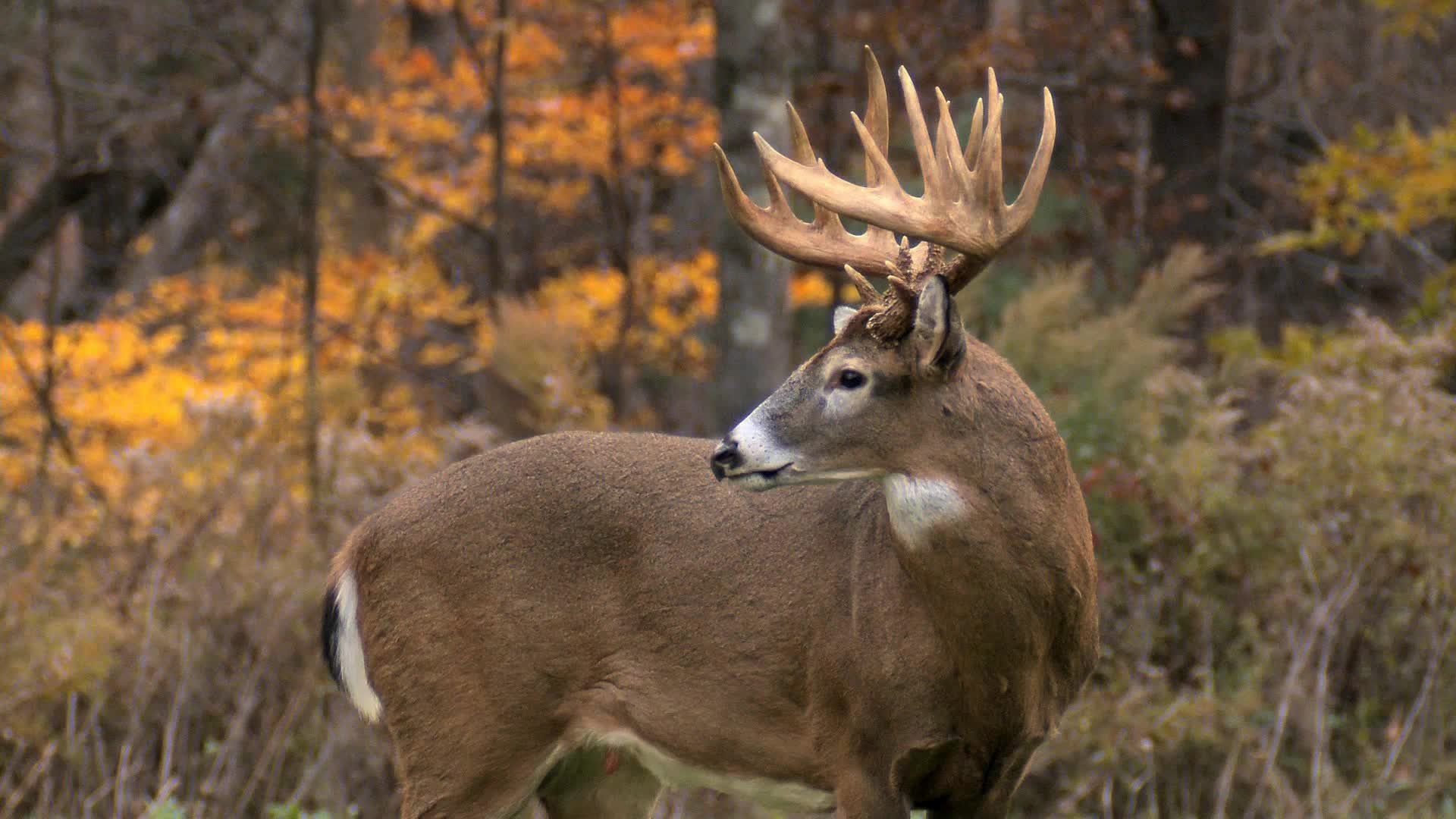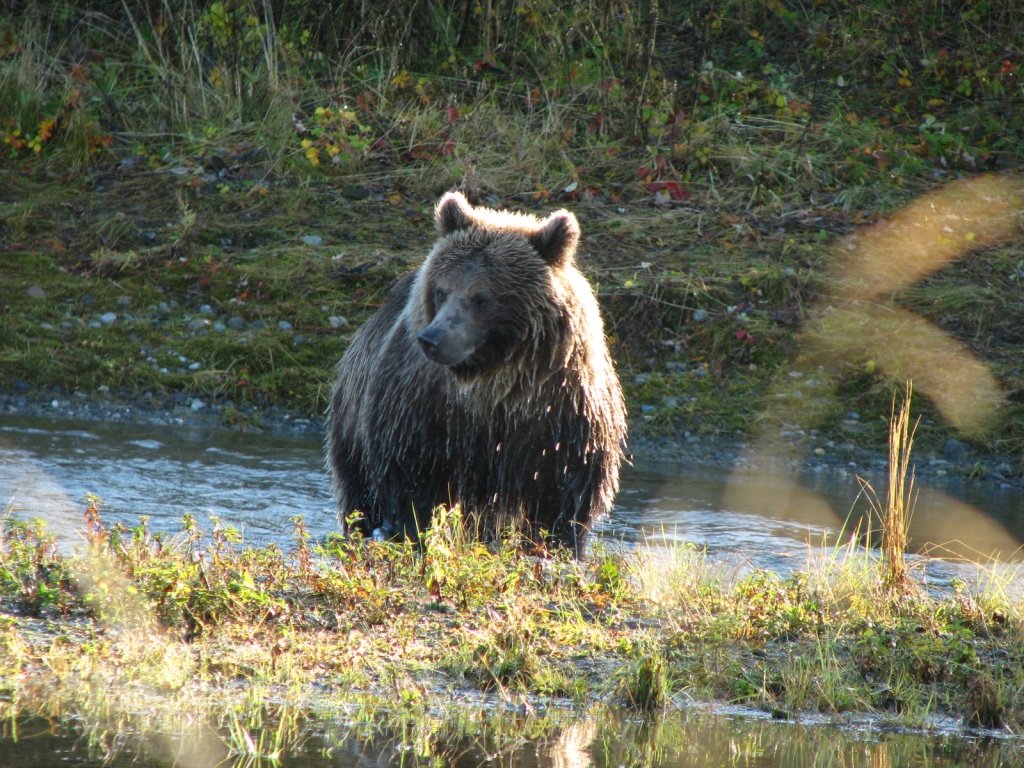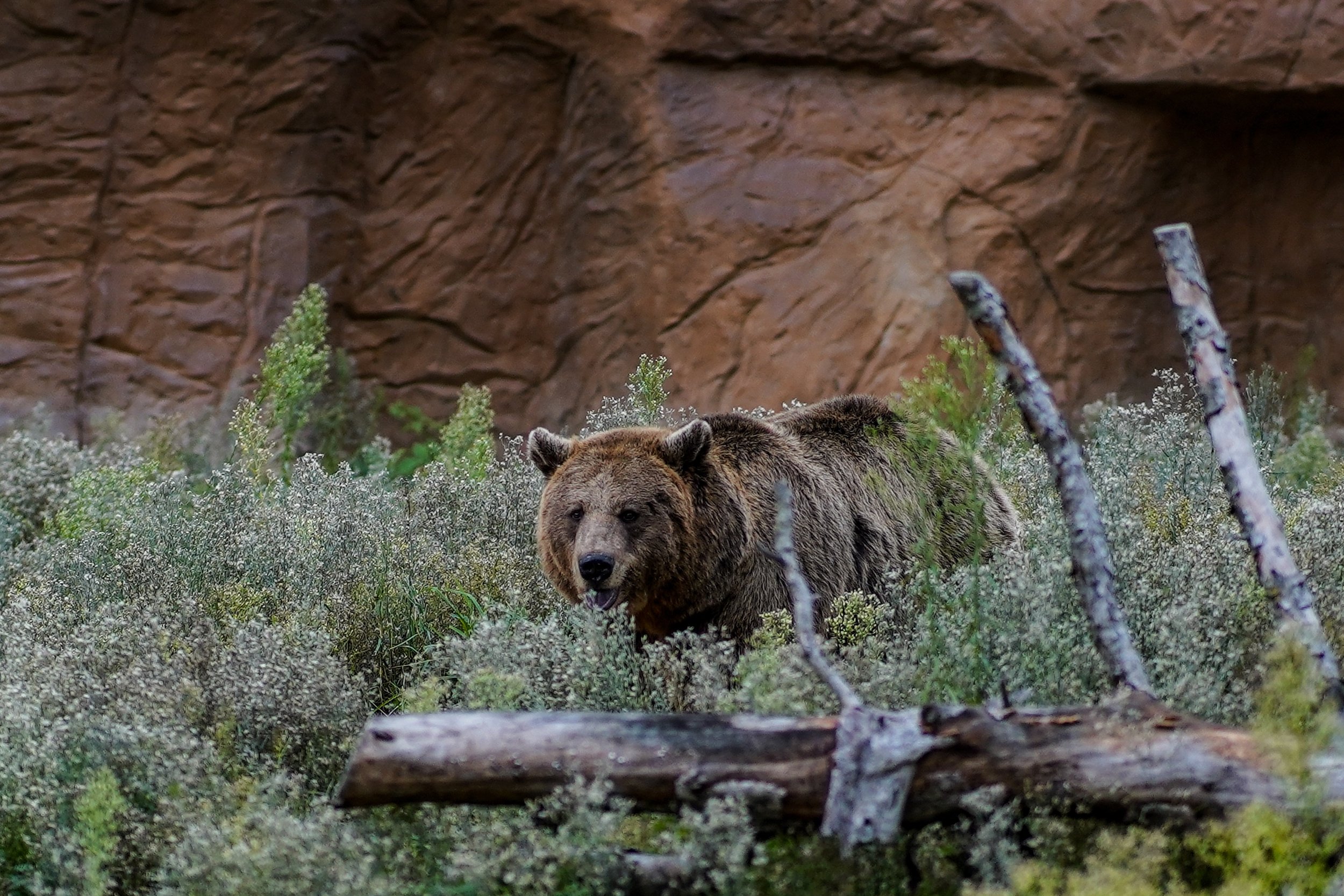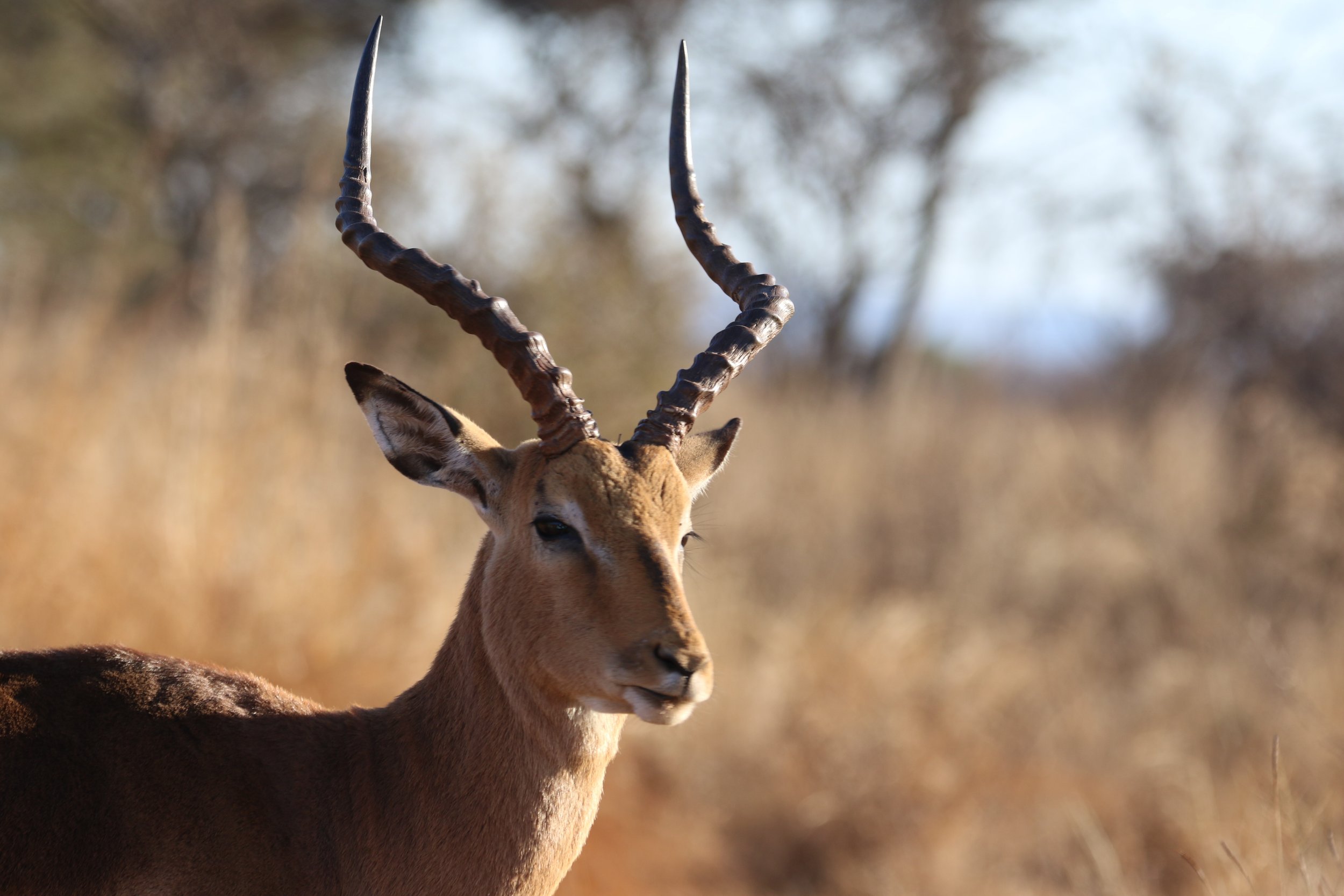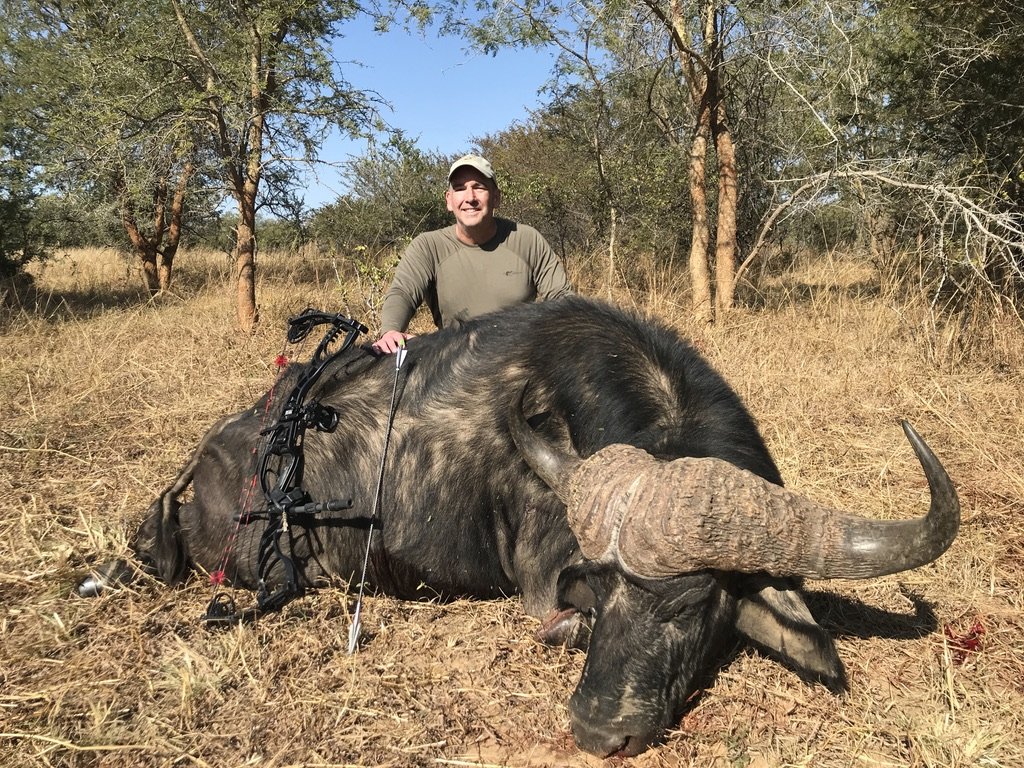Bull elk at bathtub size wallow found above the Poudre River in Colorado.
Archived News
Ashby Bowhunting Foundation Newsletter
January 2024
President’s Message
Rob Neilson with a Rocky Mountain Bull Elk taken at two yards. Long shots are unethical and unnecessary.
I want to thank everyone for their participation in our fundraiser over the past months, which will help fund Ashby Bowhunting Foundation’s mission. A reminder the Houston Safari Club Foundation Convention is slated for January 19-21, 2024. We will be putting on a workshop slated for 12:00 noon on Saturday at the convention and hope to see you there. Also, out of our donor list, congratulations to Tim Lepley from West Virginia and Ryan Miller from Washington as they were randomly selected for our first annual hog hunt with Troy Fowler and myself, which will take place sometime in April.
To go along with Doc’s Ramblings this month…Study your Quarry! If you know your quarry, it helps you get close. For all the guys that hunt out west and state they need to shoot animals at longer ranges because they can’t get close enough, the picture is an elk I shot in 2003 in New Mexico at the long distance of two yards (6 feet). The farthest shot I’ve made on an elk is 31 yards.
Good hunting and as always, have a nice day.
Rob Neilson
Donations
The Ashby Bowhunting Foundation is a 501 (c) (3) education and research organization. 100% of your donation will go to the Missions of Ashby Bowhunting Foundation. No salaries are paid by the Foundation. We realize there are many worthwhile organizations out there, and greatly appreciate your consideration and support.
Newsletter Tip
RAZOR SHARP BROADHEADS: Dull broadheads don’t cut. As the majority of North America’s hunting season is getting near the end, learn to sharpen your heads so they effortlessly shave hair cleanly from your skin. If they don’t effortlessly shave, they are not razor sharp and you will lose penetration potential.
Events
Tim Lepley and Ryan Miller selected for our first annual hog hunt. To be held sometime in April, 2024.
Houston Safari Club Foundation Convention in January scheduled from January19-21 and we hope to see you there. The ABF will conduct a seminar on Plan A and Plan B hunting arrows at noon on Saturday.
Safari Club International Convention will be held January 31-Feb 3, 2024.
From the Field
Laramie River Valley during the elk rut. Waiting for elk to climb out of the river bottom.
Breaking within all six senses of a bull elk before releasing the arrow, that’s the hunting memory I’m after. The distance between my broadhead on the arrow shelf and that crease behind the elk’s front shoulder has never exceeded 16 yards. The closest bull I’ve taken was at six yards. I prefer something closer to sixteen yards, on my knees with my butt on my heels. This gives me nearly 180 degrees to shoot my 55 pound recurve. The low profile makes it more difficult for an animal to see me. I want to hear them breathing when I release the arrow.
I have found that if I’m tempted to shoot an animal that is more than 16 yards away, I’m typically trading skill and preparation for a lottery chance of taking that animal cleanly. As a friend from Michigan once told me, “I’m very picky about the hunting memories I create. I don’t take foolish shots.” To avoid being foolish and selfish I spend 80% of my time afield scouting and 20% hunting. One area that I’ve been hunting since 1992 is the Rawah Wilderness of Colorado, a place I’ve spent 8,700 hours getting to know. I would never hunt an area that I haven’t scouting thoroughly. I would lose the joy of hunting. I don’t want someone else doing the scouting for me and that’s the reason all my hunting is DIY.
You can sometimes fool an elk with their eyes or ears but never with their nose. In the early years I made the same mistakes over and over again, chalking them up to squirrely wind. It wasn’t until I read Fred Asbell’s book, Stalking and Still Hunting, that I realized I was the one making the mistake by approaching elk on a mountainside from below and getting trapped when the sun poked out behind a cloud causing cold air drainage to switch the thermals and carrying my obnoxious scent into the nostrils of the elk above. There were many other mistakes but that was a big one.
I shared this with my friend Andy Martinez from Colorado, someone who successfully harvested a large bull every year with his recurve. That’s impressive given the 13% success rate for bowhunters, on average, in Colorado. After hunting with Andy a few times I realized what a neophyte I was in setting up for a lethal shot on elk. We would have bulls screaming at us from less than 200 yards away and something would cause Andy to abandon the hunt. He’d say, “Let’s back out of here slowly, we can hunt these bulls another day.” His decision was always air current related. What bowhunter would leave a screaming bull on the hillside? A successful one.
The most important skill I learned from Andy was this: Always call a bull uphill, across contour lines, not straight up the hill. They are more comfortable cutting contour lines than going straight uphill. Our eyesight, their eyesight is compromised going straight uphill. The angle of view is minimized. Second, ensure there is topography between you and the bull, eliminating the chance that the bull will be able to see where the call is coming from until he is at 16 yards or less. You want to see the tips of his antlers coming over a rise right at 20 yards. By the time you see his entire body, he’s at 16 yards or less, with your bow drawn. That tip was a game changer for me.
Be proud of the bowhunting memories you’re creating. Taking a shot on a bull elk over 16 yards isn't necessary.
David Neils
Doc’s Ramblings
Dr. Ed Ashby and an Asiatic Buffalo taken with a prototype Ashby broadhead
Now, my philosophy of bowhunting has always been "close enough to kill." What does that mean? It's straightforward. First, determine the range at which you can consistently shoot "close enough to kill" under a stressful hunting situation, then work on your hunting skills to get within that range - "close enough to kill." That philosophy worked well for me for five decades of hunting with a longbow on hundreds of big game animals and countless small game on six continents.
Much to my distress, I'm seeing many bowhunters abusing that philosophy today. Bowhunting is a close-range sport with either a traditional bow or a compound bow. It's about hunting skill, not shooting skill. No arrow - NO ARROW, not even from the fastest crossbows - is fast enough to overcome an animal's reaction time. That situation gets worse as the shooting distance increases. At more extended shooting ranges an animal can merely take a leisurely step and drastically alter the arrow's placement on the intended target. When shooting at a big game animal no bowhunter can guarantee where his arrow will hit - because the animal gets a vote. The animal can change its position before the arrow arrives on the target.
I often see some bowhunters bragging about how far they shot their animal or stating that they must shoot their animals at 60, 80, or even 100 yards because they hunt 'out west.' I've hunted the western mountains and the open plains and tundra. I never needed to shoot those distances. Why? Well, I'm simply a better hunter than that. If you want to shoot your game at a long-range, please just get a rifle. Hunt close, shoot close, and learn the hunting skills necessary to get "close enough to kill" - and use those Plan B arrows because the animal still gets a vote even at close ranges.
Good hunting, my friends.
Dr. Ed Ashby
